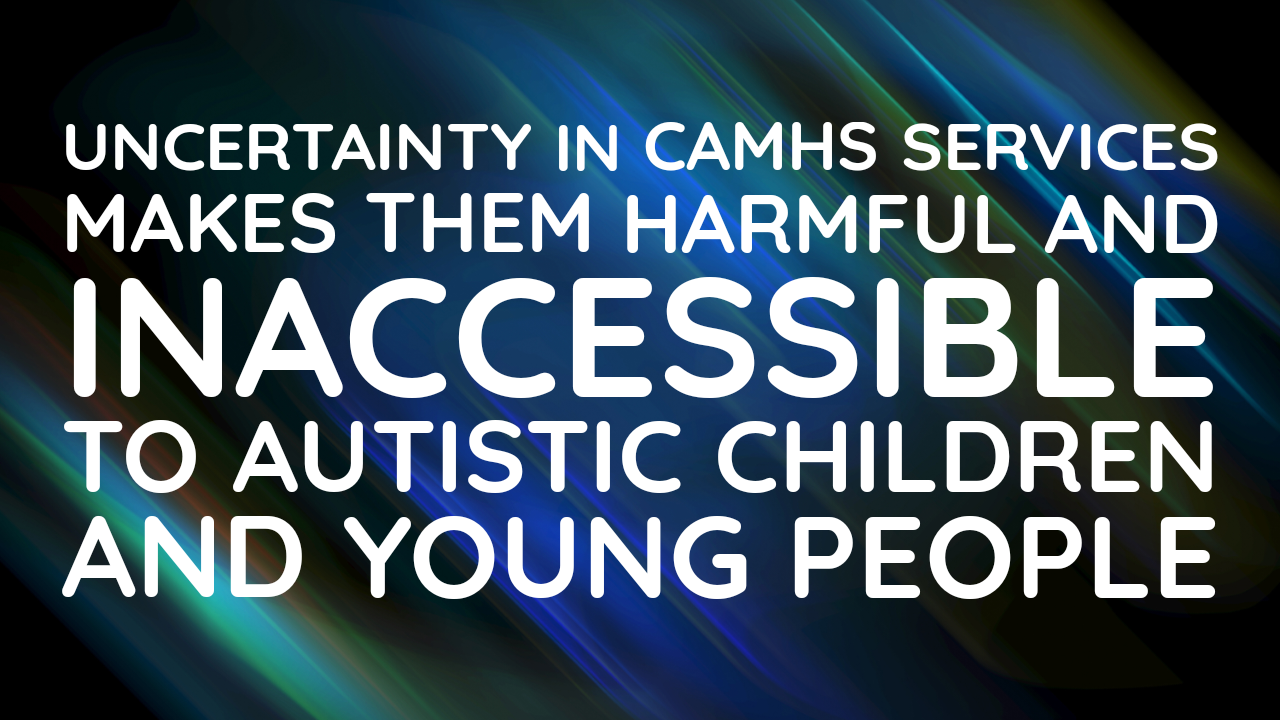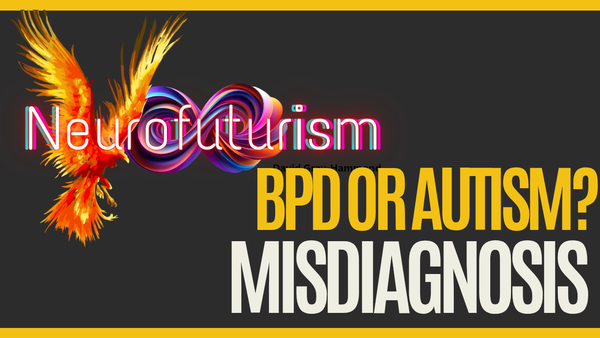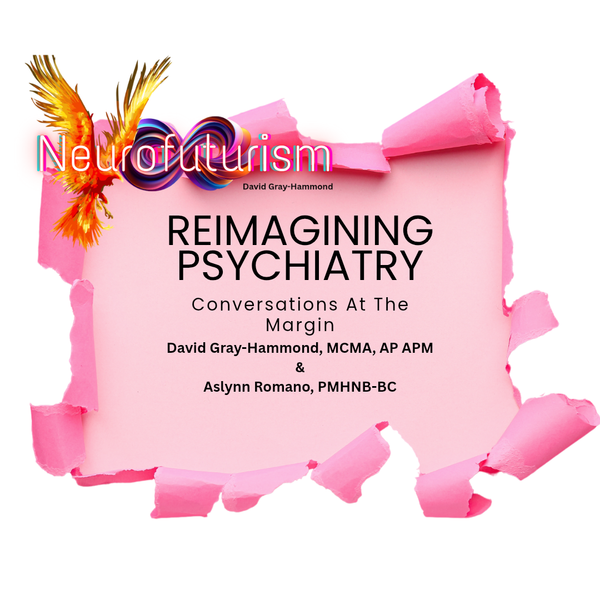How the uncertainty in CAMHS processes harms Autistic children and families

Autistic people are somewhat renowned for struggling with sudden change and uncertainty. While not necessarily universal, it is prevalent enough to be a talking point in many Autistic spaces. This raises issues when we consider services like CAMHS (Child and Adolescent Mental Health Services) in the UK. Like many NHS services, procedures and staff are subject to change and high turnover of staff, meaning that you can never quite be sure of what is being done.
High staff turnover in CAMHS is damaging Autistic children
During the 2021-22 period, 17,000 (12%) members of staff left their role within NHS mental health services (House of Commons report, 2023). This represents a large portion of staff that may have been involved with or critical to the care of Autistic young people.
"The PAC [Parliamentary Advisory Comittee] calls on the NHS to address the fact that staff increases are being outpaced by the rise in demand for services. The NHS mental health workforce increased by 22% overall between 2016-17 and 2021-22, while referrals to these services increased by 44% over the same period.
House of Commons report, 2023
With demand rising, Autistic people potentially represent a huge portion of that 44% increase. According to the Mental Health Foundation website, 70% of Autistic people have a mental health concern. Despite this, a separate report for the PAC found that just 1 in 10 CAMHS patients are Autistic. I infer from this that high staff turnover makes CAMHS inaccessible due to the uncertainty of seeing the same member of staff, or services even having the staff to meet the demand from the Autistic community.
CAMHS can't upskill for Autistic clients while dealing with staff shortages
The same report that showed high staff turnover also suggests that staff shortages are preventing services from "improving and expanding". This is true. Staff recruitment and retention costs money. According to NHS England (July 2022), a huge number of new staff were recruited, amounting to an extra 40% of the workforce. Recruitment like that costs millions, with millions more poured into basic training. You then need to spend more money to keep the workplace hospitable enough to retain that staff.
It is clear from the aforementioned turnover rate that staff retention is failing. However, the millions being poured into replacing those lost staff members is money that vould go into meaningful changes to how services support Autistic young people. Tanya Adkin and I have written previously about how CAMHS failures can be life threatening for Autistic young people. It is clear that part of making a CAMHS that is safe for young people is making a CAMHS that is able to retain staff.
How does CAMHS create uncertainty for Autistic young people and their families?
With ever changing staff and heavier focus on recruitment and retention than on upskilling, there are some significant issues. The primary issue is one of gatekeeping; rather than make a CAMHS that can successfully support Autistic children, they gatekeep and obstruct them from their services.
Another factor to consider is that those few Autistic young people who do make it through the door, are faced by constant staffing changes. Differences in Autistic processing of change mean that sudden changes to staff could be deeply distressing (Ausome Training, 2022).
Staffing changes also present a third issue. Support provided by CAMHS and other mental health services is often at the discretion of individual professional opinions. If one member of staff promises something, and then is replaced by someone who disagrees, this might pull the proverbial rug from beneath that child and their family.
How does this harm Autistic children and their families?
Not only is the uncertainty harmful for the child or young person; a dysregulated child can lead to dysregulation in the whole family unit. When our children suffer, we suffer. No one wants to watch their child struggle with suicidal thoughts or meltdowns, which can be particularly more problematic as a young people grow older. There is the potential for both emotional and physical harm for the Auristic young person and members of their family. The Autistic community fights for acceptance, and as part of that, we have to fight for services that don't fracture and injure our families.
In the fight for Autistic liberation, there is no fight so important as the fight for our wellbeing. While our children and young people suffer their way into adulthood (if they make it that far), there is no liberation for Autistic people. We must also see to it that the wellbeing of Autistic families is not the cannon fodder for services with misguided priorities.
[mailpoet_form id="3"]


